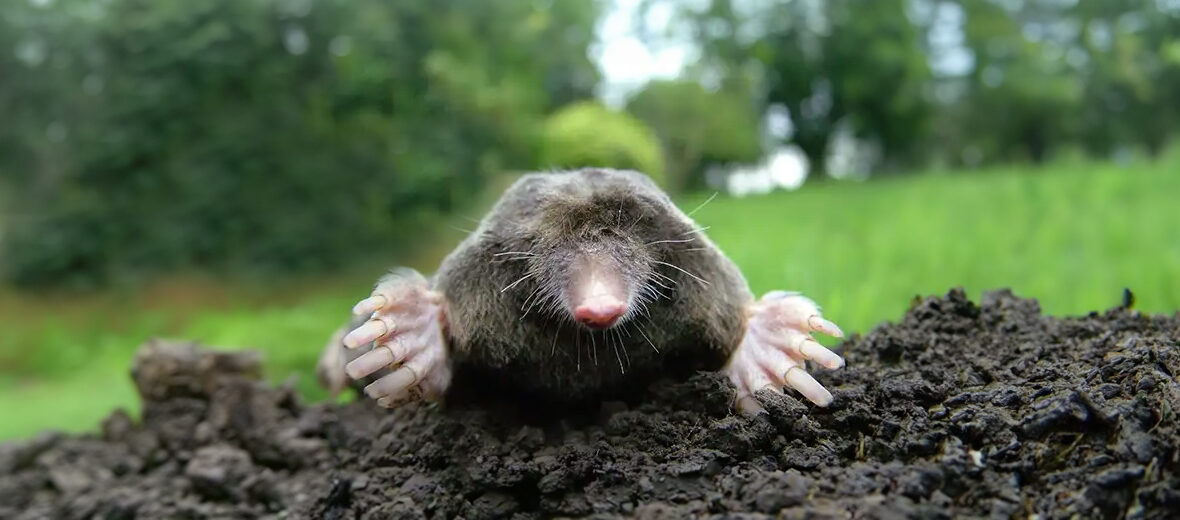
The coast mole, aka Pacific mole, hails from the Pacific northwest. More specifically British Columbia, Canada; Washington state, Oregon, northern California, and western Idaho, United States. With no real threats, sans some habitat loss and poisoning by farmers, these moles are abundant throughout their ranges and listed as Least Concern by the IUCN.
First the Stats…
Scientific name: Scapanus orarius
Weight: Up to 3.21 ounces
Length: Up to 7.87 inches
Lifespan: Up to 4 years
Now on to the Facts!
1.) There are currently 2 subspecies recognized: Scheffer’s coast mole and S. o. orarius (this species has no common name yet).
2.) Their tails measure 1/4 of their total length.
3.) These moles are predominantly fossorial (spend most of their life underground).
4.) They have a range of habitats, such as agricultural land, deciduous forests, grassy-meadows, pine forests, sand dunes, and sagebrush.
5.) Various insects, invertebrates, earthworms, red worms, and slugs are all on the menu. Insect larvae are also on the list.
But wait, there’s more on the coast mole!
6.) These moles, like other moles, are solitary and only come together to mate.
7.) They are primarily nocturnal (active at night).
Did you know…?
It has been documented that these mole’s activities are usually asynchronous to those of neighboring moles. Meaning that they will often tend to come out of hiding if other moles are not out at the same time.
8.) Mating takes place from January – March.
9.) During mating season, they will often expand their tunnels to diverge with other coast moles in an effort to locate a breeding partner.
10.) Females produce 1 litter of up to 4 per year and the care of her pups is very limited.
But wait, there’s still more on the coast mole!
11.) The Eimer’s organ is a small, densely innervated sensory structure found in the nose of most talpid moles, such as the coast mole. This organ helps these mostly blind creatures determine the difference between prey and other environmental objects.
12.) Due to the increased CO2 levels in their tunnels, these and other mole species have evolved an increased blood volume for oxygen storage.
13.) Moles need to eat up to 80% of their body weight each day, due to their fast metabolism.
Now a Short Coast Mole Video!
This video talks about various mole facts, in general.
Be sure to share & comment below! Also, check out the Critter Science YouTube channel. Videos added regularly!
Want to suggest a critter for me to write about? Let me know here.
Some source material acquired from: Wikipedia & IUCN
Photo credit: Animal Life Expectancy




